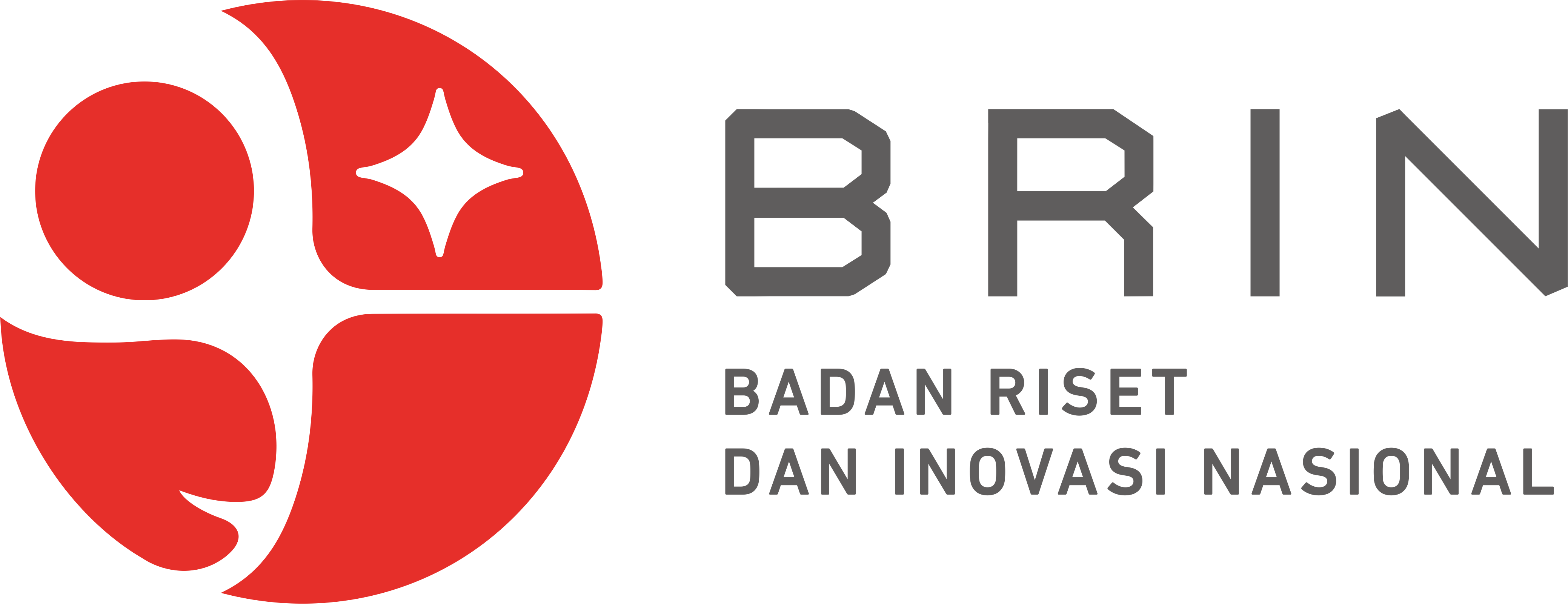Improving Employee Work Motivation at PT.X through Stress Management Training: An Experimental Study on the Production Team
DOI:
https://doi.org/10.35747/ph.v5i1.630Keywords:
Pelatihan Manajemen Stres, Motivasi Kerja, KaryawanAbstract
This study aimed to determine the impact of stress management training on the work motivation of production employees at PT. X. The hypothesis of the study posited that the work motivation of employees would be higher after receiving stress management training compared to before the training. The study involved 11 production employees who exhibited low to moderate work motivation and experienced high to moderate job stress. The data collection technique employed in this study was the work motivation scale. The research design utilized a one-group pre-test post-test design, and the data were analyzed using the Wilcoxon signed-rank test, a non-parametric statistical analysis. The results of the Wilcoxon test revealed a significance value of 0.003 < 0.050, indicating that the research hypothesis was supported. Therefore, a significant difference in work motivation was observed between the pre-training and post-training phases among the employees.
References
As’ad, M. (2001). Psikologi industri, Seri Ilmu Sdm. Edisi ke 4. Yogyakarta: Liberty.
Angela, W. (2013). Pengaruh pelatihan konsep diri untuk meningkatkan motivasi kerja pegawai balai karantina pertanian semarang. Tesis. Yogyakarta: Fakultas Psikologi Universitas Mercu Buana.
Dubrin, A.J, Ireland, R.D, & Williams, J.C. (1996). Physchology of work. New York: Mac. Millan Publising Co.Inc.
Farida. (2006). Efektivitas pelatihan asertivitas untuk meningkatkan kemampuan pemecahan masalah pada siswa. Tesis. Universitas Gadjah Mada. Yogyakarta: Indonesia.
Gibson, J.L, Ivancevich, J.M, Donelly, J,r, J.H. (2007). Organizational behavior, structure, processes. Terjemahan edisi ke delapan. Jakarta: USA Times Mirror Higher Group Inc.
Gustin, M. (2011). Pelatihan manajemen stres untuk prevensi intensi bunuh diri pada remaja di buntok kalimantan tengah. Tesis. Universita Mercu Buana Yogyakarta.
Handoko, T.H (2001). Manajemen sumber daya manusia. Yogyakarta: BPFE.
Hasibuan. S.P. (2008). Manajemen sumber daya manusia. Jakarta: Bumi Aksara.
Hasibuan, Y.O. (2014). Pengaruh pelatihan manajemen diri untuk meningkatkan motivasi kerja karyawan bagian agrowisata GW di pabrik gula GB. Tesis. Universitas Mercu Buana Yogyakarta.
Ilmi, R. L. (2016). Model kuantitatif manajemen stres kerja dan motivasi untuk meningkatkan kinerja petugas rekam medis di RS Ortopedi Prof. DR. Soeharso Surakarta. Jurnal Ilmu Kesehatan, 5(2). 153-154
Levelina. (2015). Pengaruh stres kerja terhadap motivasi kerja pegawai tetap (studi kasus pada dinas komunikasi dan informatika propinsi Jawa Barat). Jurnal Management. 2. 1. 84
Luthans, F. (2006). Perilaku organisasi. Yogyakarta: Andi.
Munandar, A.S (2001a). Produktivitas dan Manajemen. Jakarta: LSIUP.
Munandar, A.S (2001b). Psikologi industri dan organisasi. Jakarta: Penerbit Universitas Indonesia (UI-Press).
Mangkunegara. (2002). Manajemen sumber daya manusia perusahaan. Bandung: Remaja Rosdakarya.
Maddox, S. J. dan Prinz, R. J. (2003). School bonding in children and adolescent: Conceptualization, assessment, and associated variables. Clinical child and family psychology review. Vol. 6.
Sunarto. (2004). Perilaku organisasi. Yogyakarta: Amus.
Noe, R. A. (2002). Employee training and development. New York: McGraw-Hill.
Noe, R. A. (2005). Employee training and development. New York: McGraw-Hill.
Notoatmodjo. (2007). Ilmu kesehatan masyarakat. Jakarta: PT Rineka Cipta.
Robins, S.P. (2008). Perilaku organisasi. Jakarta: Gramedia.
Qomariah, N. (2011). Efektifitas pelatihan manajemen stres untuk meningkatkan motivasi berprestasi siswa SMP. Tesis. Diunduh dari http/karya-ilmiah.um.ac.id/pada 18 Februari 2018.
Usmara. (2002). Paradigma baru manajemen sumber daya manusia. Yogyakarta: Amara Books.
Downloads
Published
How to Cite
Issue
Section
License
Copyright (c) 2023 Konto Iskandar Dinata, Umi Nur Kholifah Dinata

This work is licensed under a Creative Commons Attribution-ShareAlike 4.0 International License.














